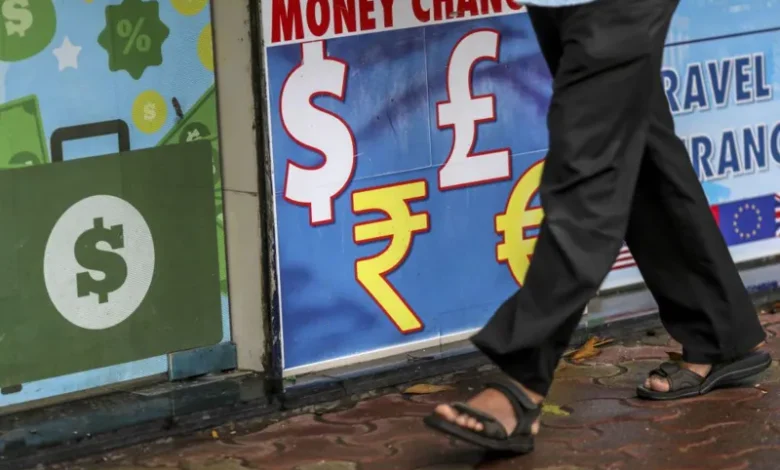
Tucked within Donald Trump’s sweeping “One, Big, Beautiful Bill Act” lies a clause that could have profound implications for India.
It proposes a 3.5% tax on remittances sent abroad by foreign workers, including those holding green cards or on temporary visas like H-1B. For India — the world’s leading recipient of remittances — this measure threatens to significantly impact billions of dollars sent home by its vast overseas population.
In 2024 alone, India received $129 billion in remittances, and in 2023 it received $119 billion — a sum that helped finance half of the country’s goods trade deficit and surpassed even foreign direct investment, according to the Reserve Bank of India.
Much of this money comes from Indian workers in the United States — including tech professionals, healthcare workers, and students — who send funds to cover vital expenses such as family healthcare, tuition, or mortgage payments, according to news agencies.
A tax on these remittances could skim billions from these transfers, potentially leading to a sharp shift toward informal, untraceable cash networks. For Indian households, particularly in states like Kerala, Uttar Pradesh, and Bihar, this would mean less money for essential consumption, education, and savings, directly undermining household welfare.
India has consistently topped global remittance rankings since 2008, with its share climbing from 11% in 2001 to 14% in 2024, according to the World Bank.
The Indian diaspora has grown sharply over the decades — from 6.6 million in 1990 to 18.5 million by 2024. While Gulf countries still host nearly half of these migrants, there has been a marked rise in high-skilled migration to countries like the US, driven by India’s prominence in IT and related industries. In fact, 78% of Indian migrants in the US work in high-paying sectors such as science, business, and the arts.
This proposed tax comes at a time when remittances have become one of India’s most reliable sources of foreign exchange, contributing nearly 3% to the GDP. A 10-15% decline in remittances could reduce inflows by $12–18 billion annually, tightening the dollar supply, pressuring the rupee, and possibly requiring more frequent interventions by the Reserve Bank of India.
According to Ajay Srivastava of the Global Trade Research Initiative, this financial squeeze could hit household consumption hard, especially at a time when the Indian economy faces global uncertainty and inflationary pressures.
States like Maharashtra, Kerala, and Tamil Nadu are among the top recipients of remittances. For many families, these funds are used not only for day-to-day consumption but also for investments in housing, gold, education, and small businesses.
Analysts from the Centre for WTO Studies warn that a drop in inflows could shrink domestic savings and reduce investments in both financial instruments and physical assets, slowing down rural and semi-urban economic activity.
A broader concern is the likely rise in informal transfers. The World Bank’s lead economist for migration, Dilip Ratha, says migrants might turn to alternative channels like hawala, hundi, cryptocurrency, or cash hand-carry methods to avoid the tax.
These methods are not only untraceable but also pose risks to both the sender and recipient. Ratha also argues that the tax is unlikely to deter remittances or unauthorized migration, since the core motivation — helping family members survive — remains unchanged. With U.S. minimum wages significantly higher than income levels in countries like India, the financial incentive to migrate and remit remains compelling.
Despite the far-reaching implications, the policy remains under discussion and awaits Senate approval and the President’s signature. There is confusion over its exact application — including whether tax-paying migrants will be exempt via tax credits.
However, experts warn that the damage to formal remittance systems might already be underway. For India, this tax doesn’t just threaten a revenue stream — it threatens the economic stability of millions of households and one of the pillars of its global financial integration.













